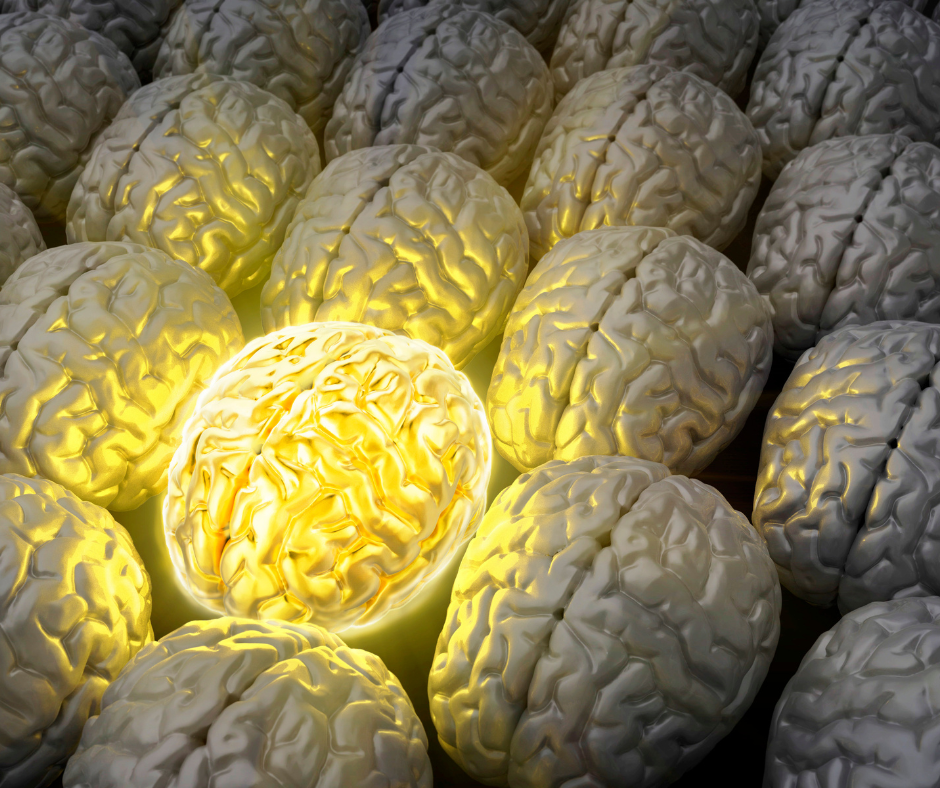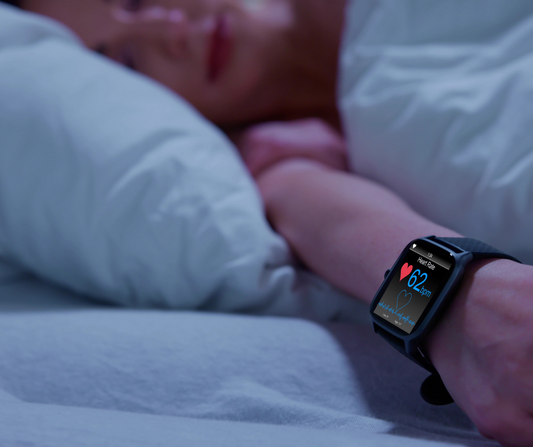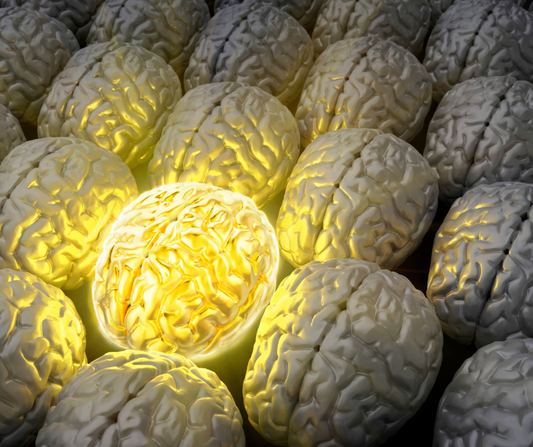The Surprising Sleep Habits of Highly Creative People
Do highly creative people need less sleep—or just use it differently? From midnight musings to marathon naps, the sleep habits of visionary thinkers are as varied as their ideas.
A few examples
Leonardo da Vinci was famous for his polyphasic sleep—taking 20-minute naps every few hours instead of sleeping through the night. Nikola Tesla reportedly slept just two hours a night, while Salvador Dalí practiced “hypnagogic napping,” drifting off with a spoon in hand to capture surreal ideas at the moment between wake and sleep.
On the flip side, Albert Einstein insisted on 10 hours a night and afternoon naps, believing rest enhanced his cognitive clarity. Dolly Parton wakes at 3 a.m. to write and pray—her creative spark is strongest before sunrise—but she also makes time to nap and refuel.
What does the science say?
Studies show REM sleep is critical for memory, emotional processing, and—yes—creative problem-solving. One study even found that people perform better on challenging puzzles after a full night’s rest, especially if they reach REM sleep.
So, what can we learn from these eccentric routines?
There’s no one-size-fits-all answer. Creativity doesn’t require sleep deprivation—but it does benefit from self-awareness. Knowing when your brain is most alert or when inspiration strikes can help shape a rhythm that supports both rest and imagination.
Whether you’re an early riser or burn the midnight oil, honoring your natural sleep needs may be the smartest (and most creative) move you can make.
Dream big, work hard, sleep ambitiously,
Joe Castignani



